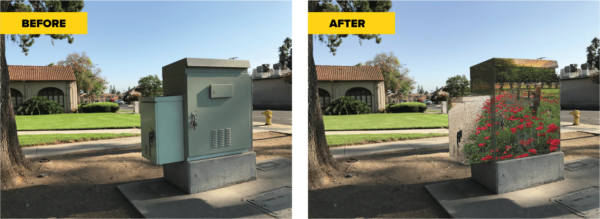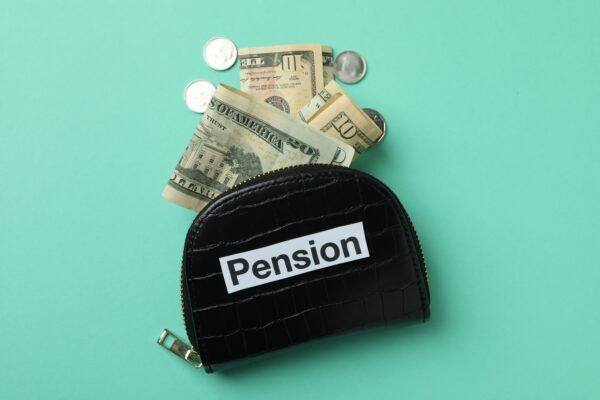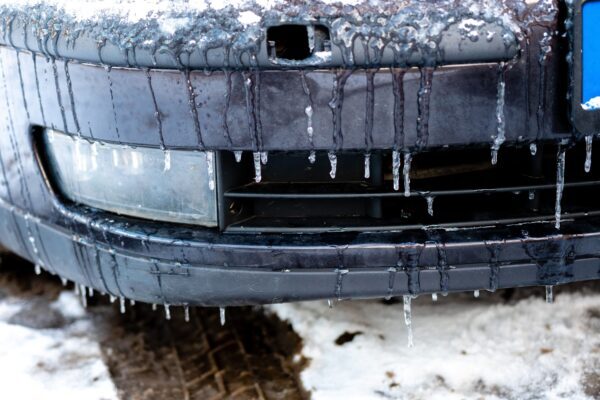The city of Corona’s Canvas on the Curb program intends to showcase local artists by transforming seven traffic signal cabinets into public works of art, officials said.
“The goals of the Program are to build community, highlight the talent of Corona’s artists, and enrich the community through displays of art that embodies Corona’s rich diversity and history,” according to a city statement.
Corona officials received many submissions and now are asking residents to select their favorite proposed art concepts by March 18.
Voting takes place online at cityofcorona.qualtrics.com/jfe/form/SV_0GQYao7y1wN26EK.
According to the city, Canvas on the Curb progresses in seven phases:
1. Artists submitted a Canvas on the Curb Submission Form, signed waiver, and a picture or conceptual sketch of the artwork or planned design in the template provided.
2. Art submissions reviewed by City staff for program compliance.
3. Corona residents will help choose the seven art pieces that will adorn traffic signal boxes.
4. The city then issues a public call for sponsorship, inviting businesses, service organizations and the community to sponsor an artwork with a $1,300 donation.
5. Corona officials will hire a contractor to digitize the selected artwork and, if necessary, transform the selected artwork to a vinyl wrap and finally install the artwork on a traffic signal cabinet.
6. Information on the artist and sponsor will be posted on the traffic signal cabinet in a 4-inch-by-6-inch space on the cabinet’s sidewalk side, and also on the city’s website. All program participants, including selected artists and sponsors, will be recognized at a Corona City Council meeting.
7. The city is responsible for the maintenance of the cabinets, so any graffiti will be removed at the city’s expense. Artwork will be guaranteed to be installed for a one-year period. If the cabinet is damaged or replaced, artwork may be replaced after one year based on officials’ discretion and at the city’s expense.
Officials also described criteria for artist eligibility. The program is open to all Corona residents who are professional artists, amateur artists 16 years or older and high school art, digital or graphic arts and photography teachers and their students ages 16 or older.
For consideration, all applicant artists must complete and submit a submission form and a sketch of the artwork.
“The proposed artwork should cover all four sides and the top of the traffic signal cabinet,” officials said in a statement. “The artist will also be asked to provide a brief summary on why they’d like to be a part of the Program.
“All artists will be required to certify that they are the original creators of the artwork, sign a waiver and execute a license agreement allowing the City to utilize the artwork for installation on a traffic signal cabinet and for purposes of advertising the Program. The original art and all rights thereto will be retained by the artist.”
Officials also spelled out “do’s and don’ts” for proposed art projects. Do’s included:
— “Provide family-friendly artwork suitable for viewing by all ages.
— “Use bright colors and images that can be visible from a distance.
— Consider incorporating Corona’s heritage, events, landmarks, milestones and images that showcase the local community and activities.
— “Seek to build community, improve the quality of life and highlight Corona’s cultural uniqueness.
— “Create images of nature, inspiration, and beauty.
— Make sure that a 4-inch-by-6-inch space is available on the sidewalk side of a design for the placement of a plaque that recognizes the artwork’s artist and sponsor.
— “Be original, creative and have fun. Artwork medium can be paint, pastels, digital, photography or just about anything that can be digitized and printed on vinyl wrap.”
The following “don’ts” also were made clear:
— “Use profanity or violent images.
— “Advertise a business, political view or religion.
— “Use a copyrighted or trademarked image.
— “Defame or invade the rights of any person or group, living or dead.
— “Leave any sides or top of the cabinet blank — use the whole canvas.”
All artwork will be digitized and converted into vinyl wraps that are what actually covers the city’s traffic signal cabinets, officials said. “The vinyl wrap will be installed by a professional contractor and will contain a protective UV coating to reduce sun damage and allow for easy removal of graffiti.”
When artwork is displayed on the traffic signal cabinets via Canvas on the Curb, the artwork constitutes city speech, officials said. “By establishing the program, the city does not intend to create any type of forum for private speech.”







